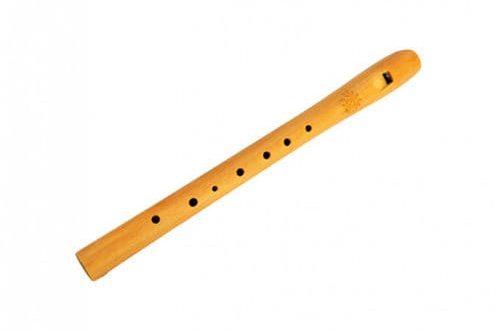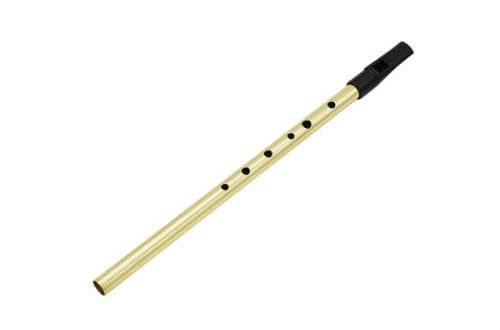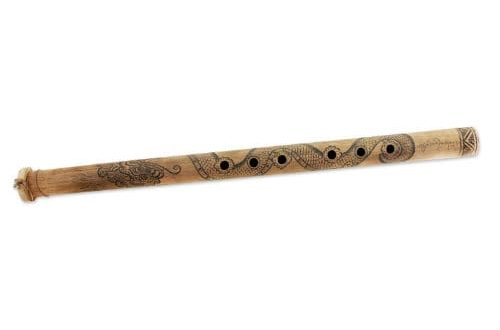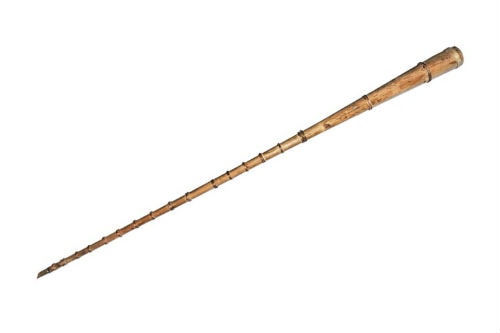
Trembita: what is it, instrument design, how it sounds, use
“Soul of the Carpathians” – this is how the peoples of Eastern and Northern Europe call the wind musical instrument trembita. Many centuries ago, it became part of the national culture, was used by shepherds, warned of danger, was used at weddings, ceremonies, holidays. Its uniqueness is not only in sound. This is the longest musical instrument, marked by the Guinness Book of Records.
What is trembita
The musical classification refers it to embouchure wind instruments. It is a wooden pipe. The length is 3 meters, there are specimens of larger sizes – up to 4 meters.
The Hutsuls play the trembita, blowing air through the narrow end of the pipe, the diameter of which is 3 centimeters. The bell is extended.

Tool design
There are very few true trembita makers left. The technology of creation has not changed for many centuries. The pipe is made of spruce or larch. The workpiece is turned, then it undergoes an annual drying, which hardens the wood.
The most important point is to achieve a thin wall when gouging the inner hole. The thinner it is, the better, more beautiful the sound. The optimal wall thickness is 3-7 millimeters. When making trembita, no glue is used. After gouging, the halves are connected by rings of spruce branches. The body of the finished tool is glued with birch bark.
Hutsul pipe does not have valves and valves. The hole of the narrow part is equipped with a beep. This is a horn or metal muzzle through which the musician blows air. The sound depends on the constructive quality and skill of the performer.
sounding
Trembita playing can be heard for several tens of kilometers. Melodies are sung in upper and lower register. During the Play, the instrument is held with the bell up. The sound depends on the skill of the performer, who must not only blow out the air, but make a variety of trembling lip movements. The technique used makes it possible to extract a melodic sound or produce a loud sound.
Interestingly, the successors of the trumpet makers try to use only trees damaged by lightning. In this case, the age of the wood must be at least 120 years. It is believed that such a barrel has a unique sound.
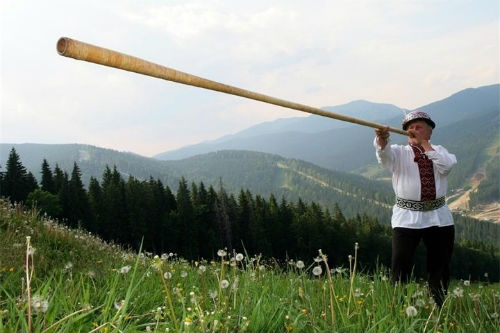
Distribution
Hutsul shepherds used trembita as a signal instrument. With its sound, they informed the villagers about the return of the herd from pastures, the sound attracted lost travelers, gathered people for festive festivities, important events.
During wars, shepherds climbed the mountains, looking out for attackers. As soon as the enemies approached, the sound of the trumpet informed the village about it. In peacetime, shepherds entertained themselves with tunes, while away the time in the pasture.
The instrument was widely used among the peoples of Transcarpathia, Romanians, Poles, Hungarians. The inhabitants of the settlements of Polissya also used trembita, but its size was much smaller, and the sound was less powerful.
Using
Today it is rare to hear the sound of trembita on pastures, although in remote regions of Western Ukraine the instrument does not lose its relevance. It has become part of the national culture and is used by ethnographic and folk groups. He occasionally performs solo and accompanies other folk instruments.
Ukrainian singer Ruslana at the Eurovision Song Contest 2004 included trembita in her performance program. This confirms the fact that the Hutsul trumpet fits perfectly into modern music. Its sound opens the national Ukrainian festivals, it also calls the inhabitants to the holidays, as it did many centuries ago.



